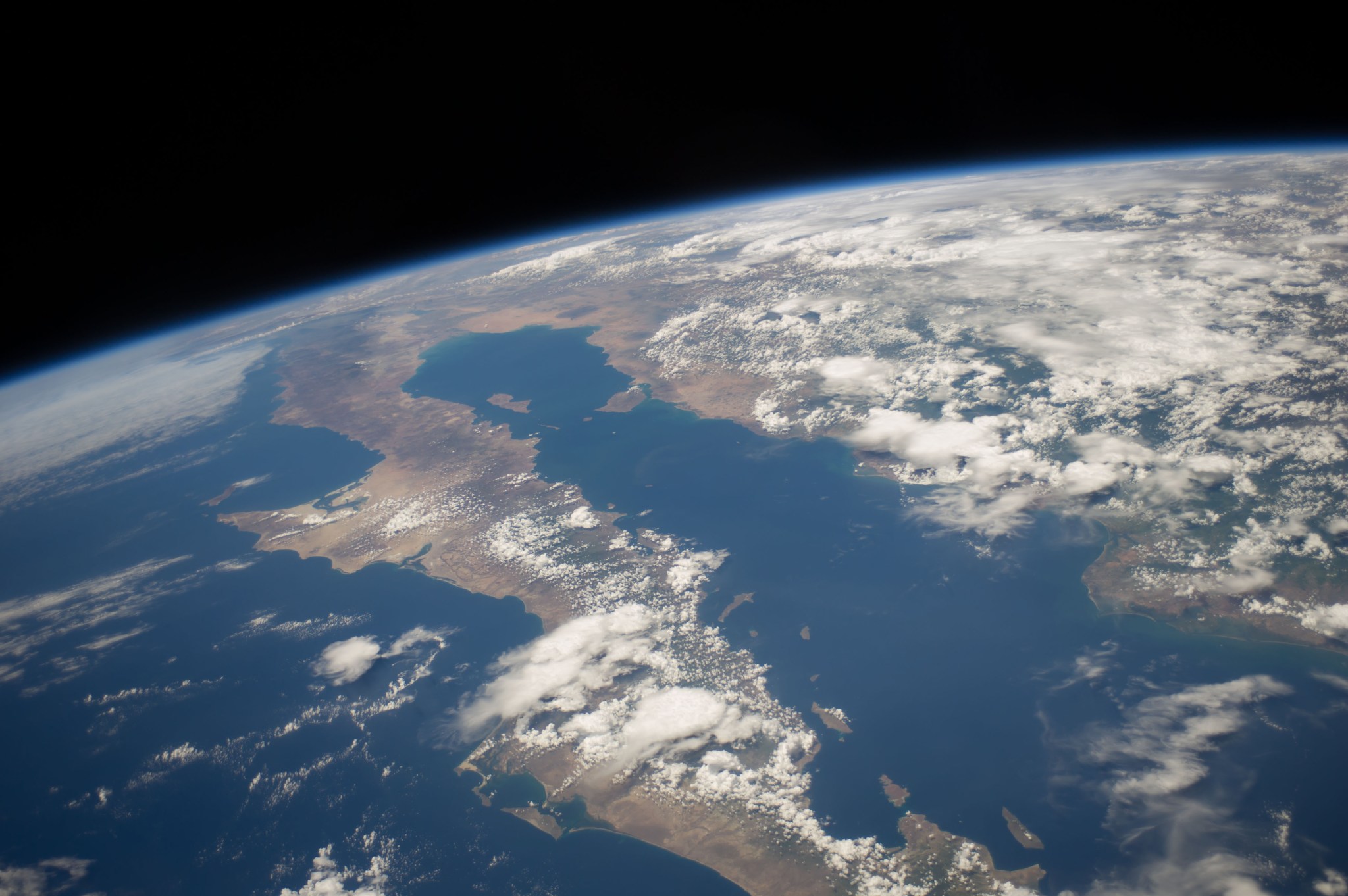Thursday, Feb. 20, 2003 – 6 p.m.CST
Lyndon B. Johnson Space Center, Houston, Texas
Investigators are searching the area of Caliente, Nev., for what could be a piece of Space Shuttle Columbia debris believed to have been tracked by air traffic control radar after it was shed early in the spacecraft’s descent over California and Nevada Feb. 1.
Video imagery of Columbia’s entry provided to NASA was analyzed by imagery, trajectory and ballistics experts. The results of that analysis were then provided to National Transportation Safety Board officials who reviewed air traffic control radar imagery in that area during the time of Columbia’s descent. The review resulted in what is believed to be a significant radar track of a piece of debris as it fell to Earth. As a result, a search of the Caliente area near the Nevada-Utah border is under way using Civil Air Patrol assets. A search using additional means also may be forthcoming.
Similar work to narrow the possible locations of other debris believed to have been shed by Columbia above the U.S. Southwest continues, although no other areas have yet been identified for further investigation.
About 25,000 pounds of Columbia debris is now at Kennedy Space Center in Florida. That total is about 11 percent of the orbiter’s weight as it descended from orbit. About 5,600 items from the spacecraft currently are at KSC.
The search for Columbia debris continues in Texas and Louisiana. So far, no confirmed Shuttle debris has been found west of Granbury, Texas, near Fort Worth.
The Forest Service says more than 2,100 searchers should be in the field by Friday. They’ll be a part of more than 100 teams based in Corsicana, Nacogdoches, Hemphill and Palestine, Texas. Bad weather hampered the search on Thursday. The search is being intensified to beat the area’s spring bloom, which would make debris harder to find.
NASA Administrator Sean O’Keefe Thursday re-emphasized the Agency’s intent not to launch another Space Shuttle until the cause or probable cause of the Columbia accident is found and corrected.
At a press conference from Stennis Space Center in Mississippi, O’Keefe told reporters NASA would do nothing to compromise the Agency’s emphasis on safety. “Nothing I’m aware of that would suggest than anything we did should cause us to change the way we do business” in that area, he said.
NASA’s position is still that there is no favorite theory about the cause of the Columbia accident. “It’s all on the table,” O’Keefe said in response to a reporter’s question.
For more information about NASA on the Internet, see: www.nasa.gov



























